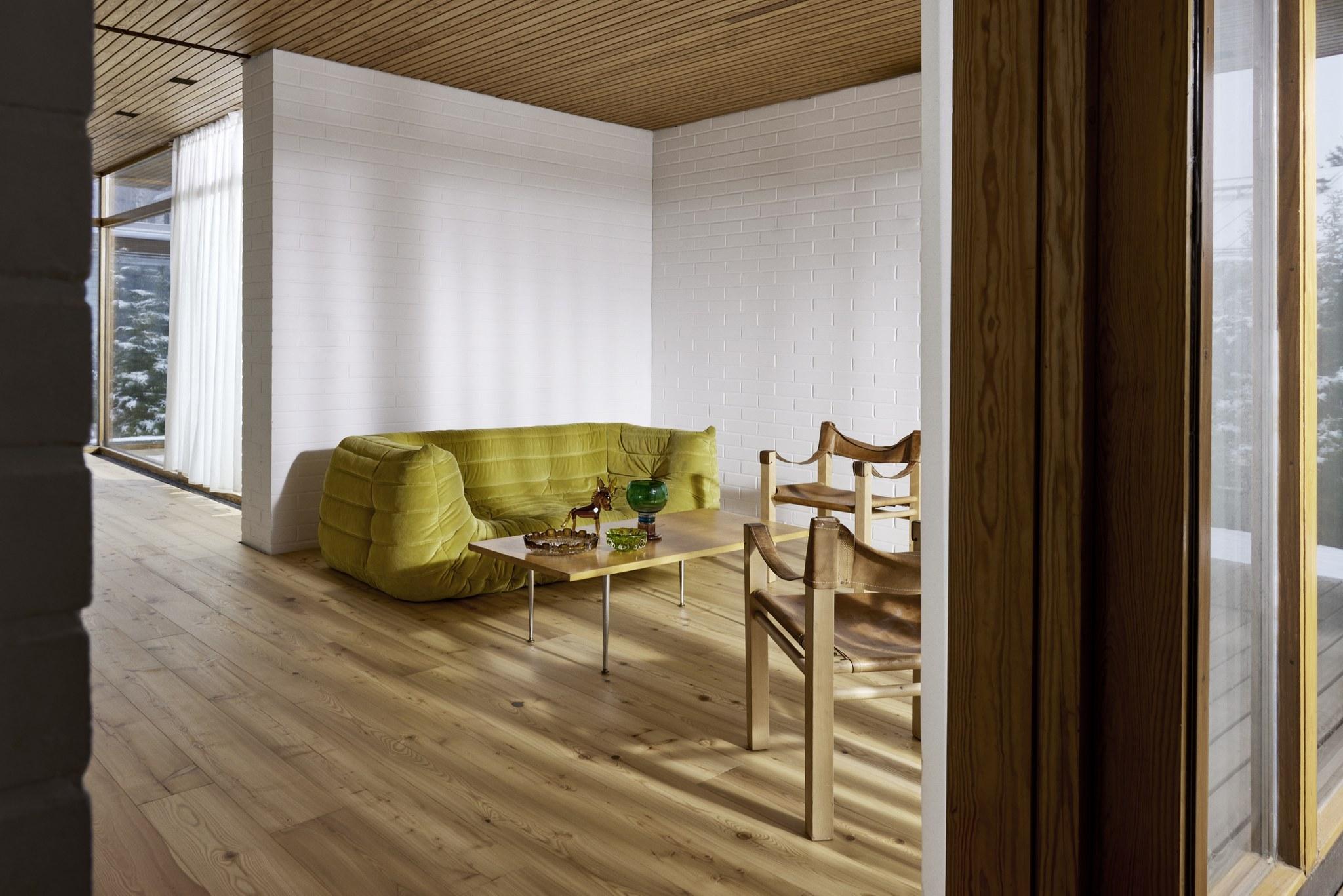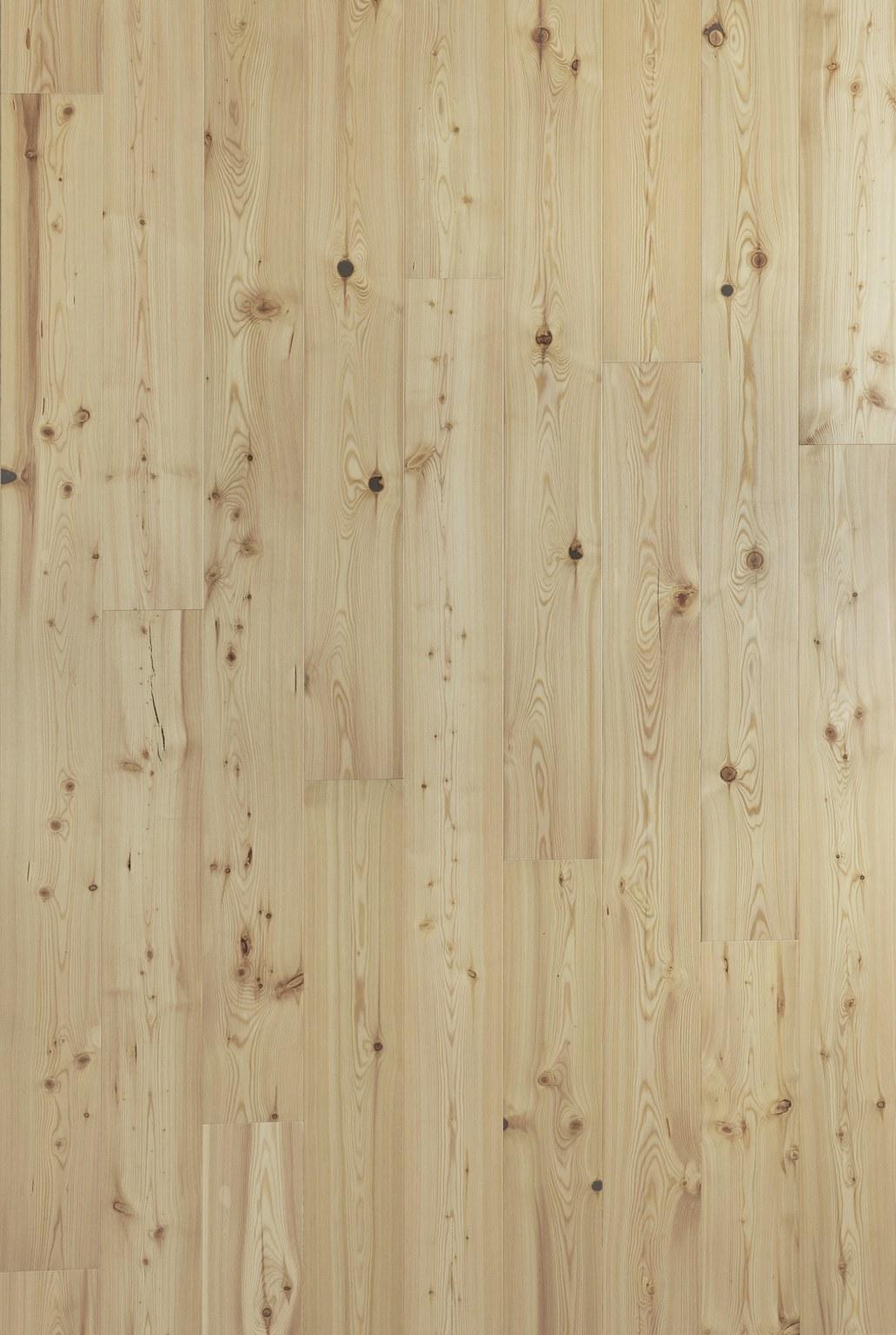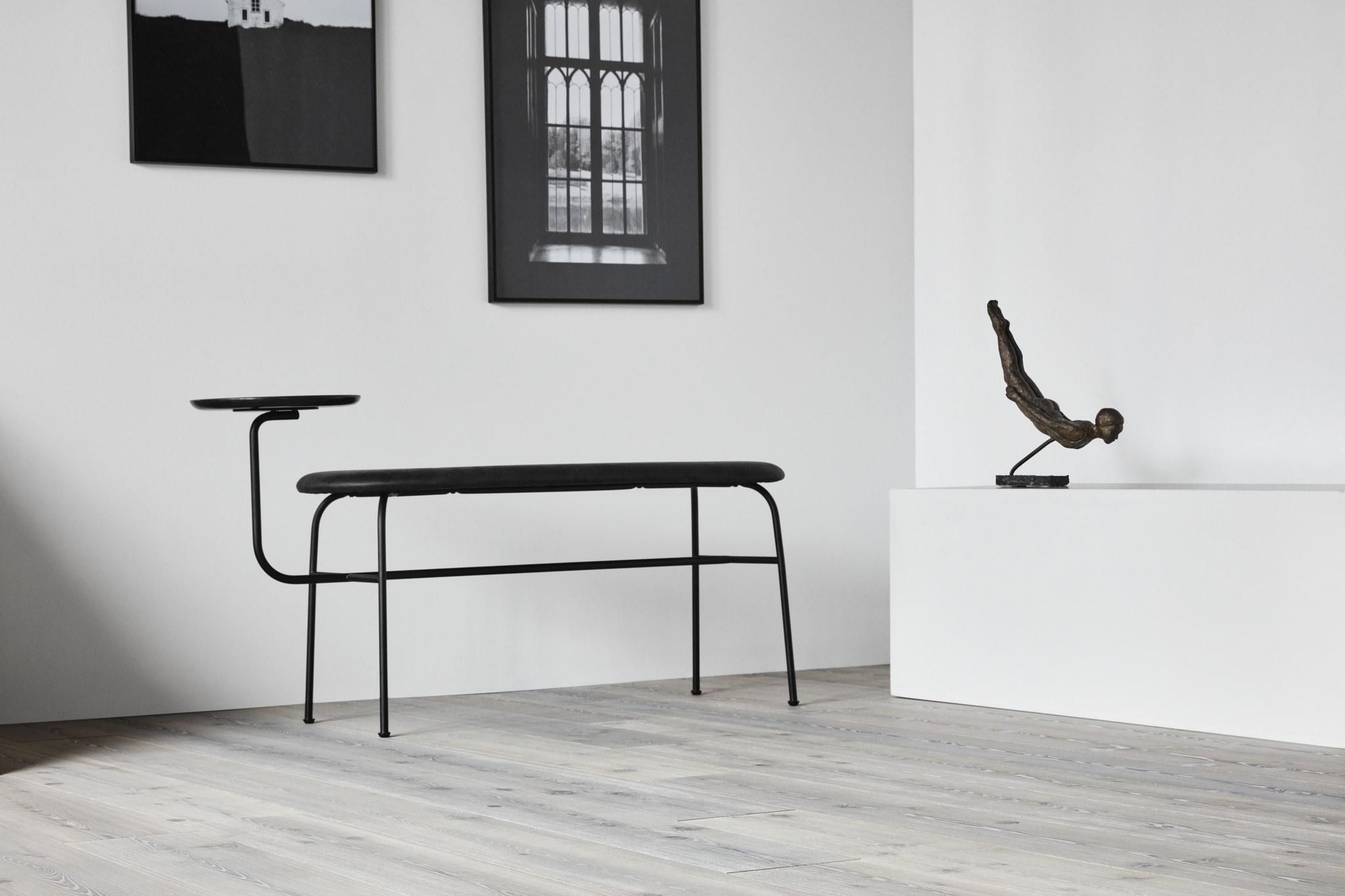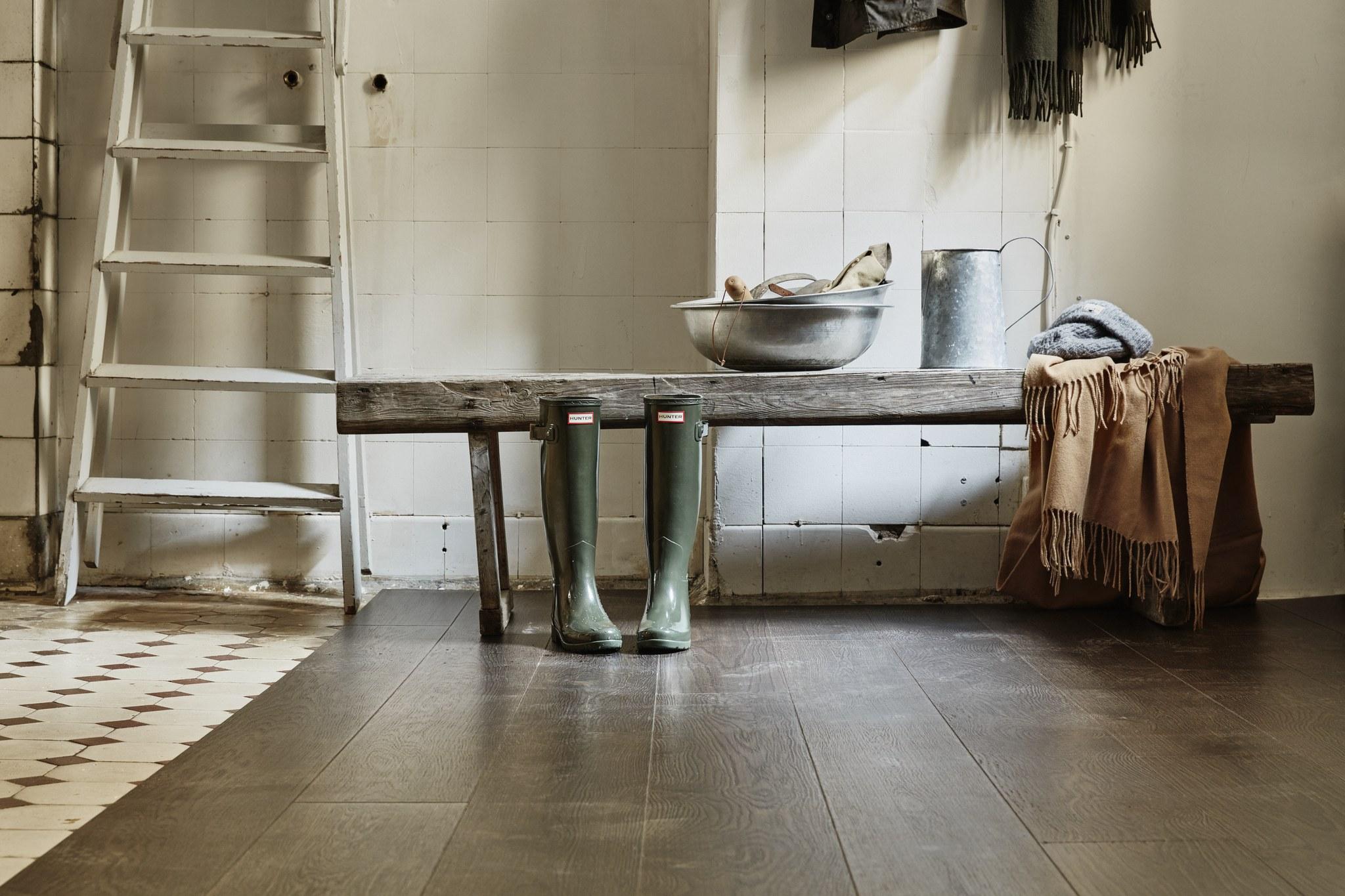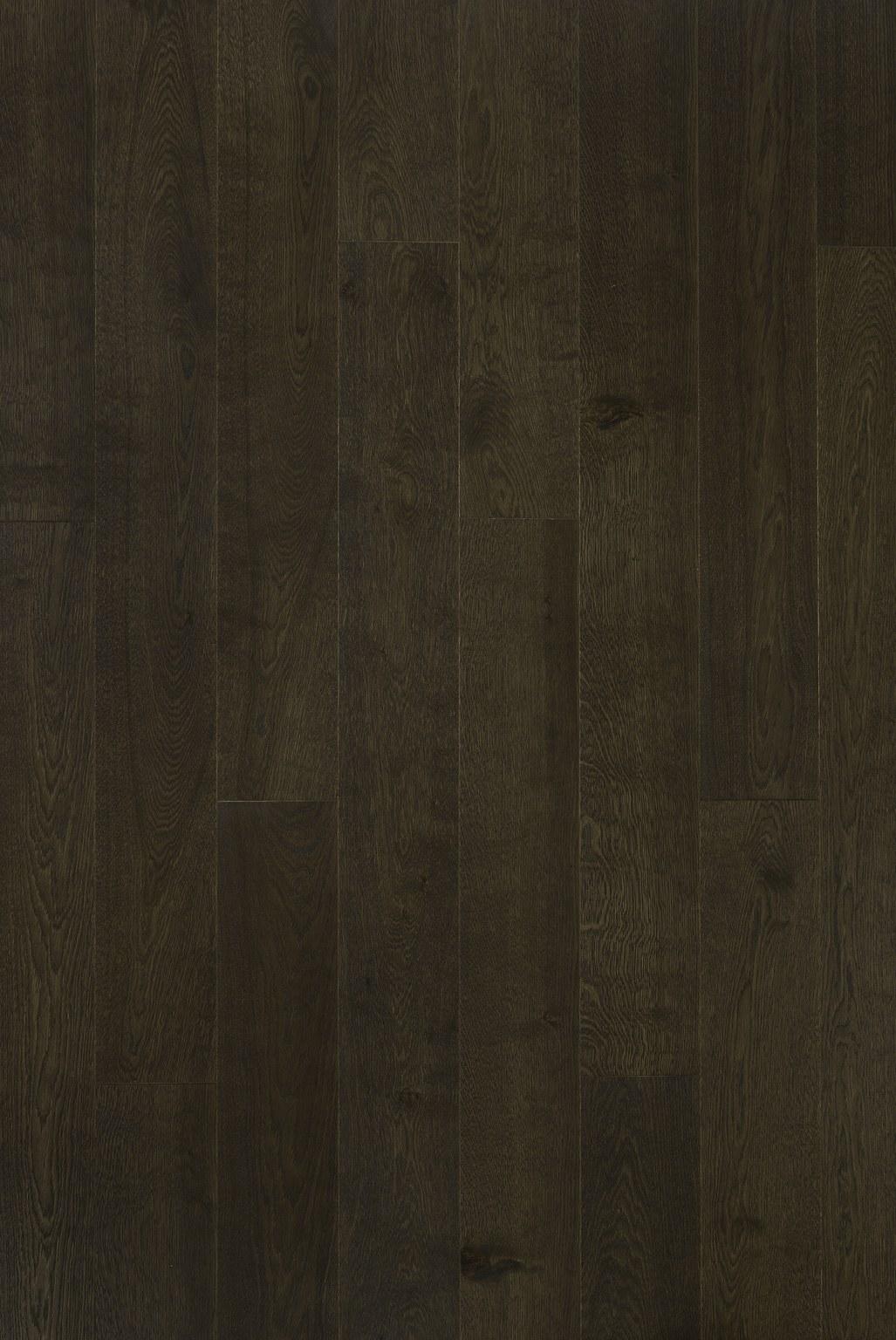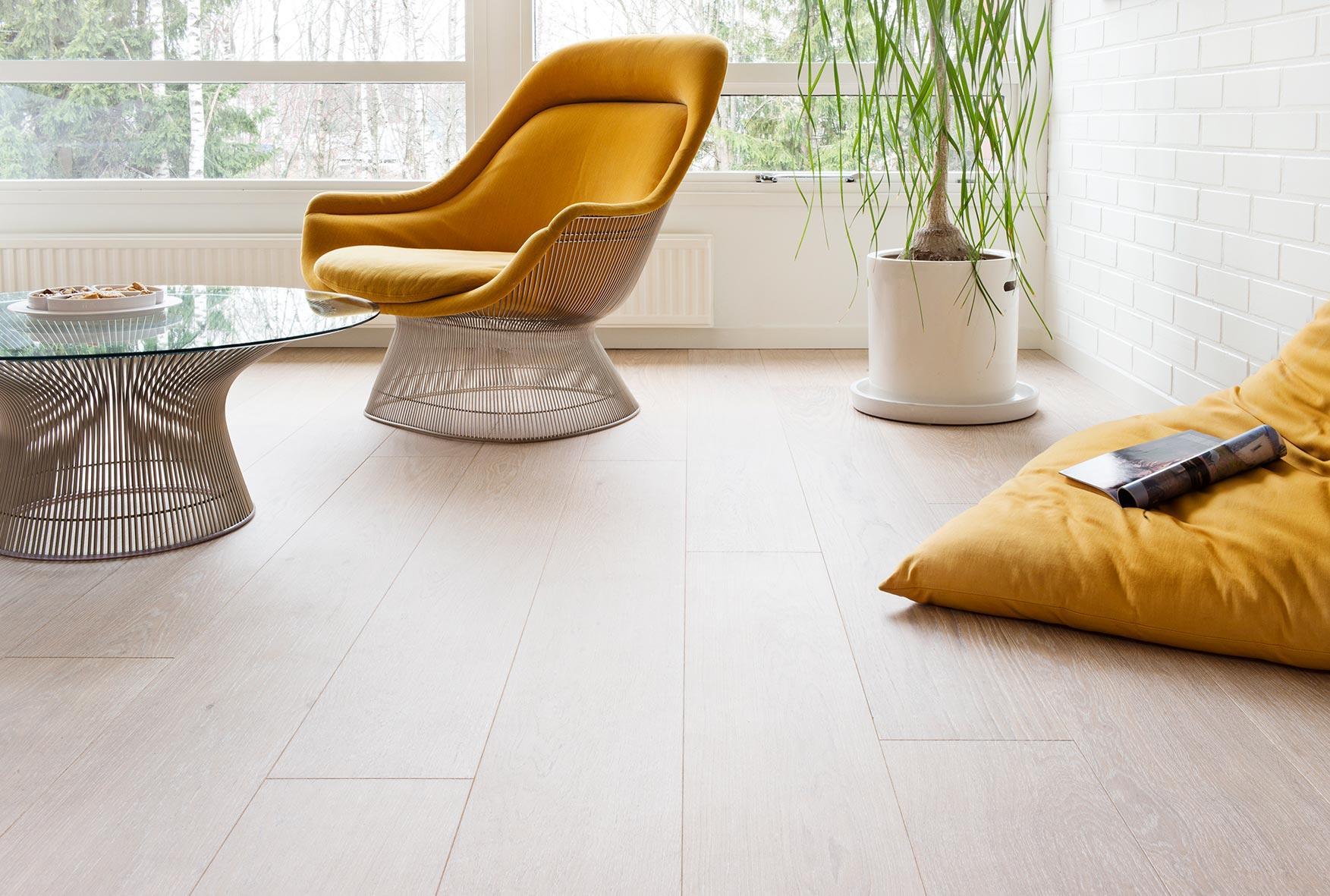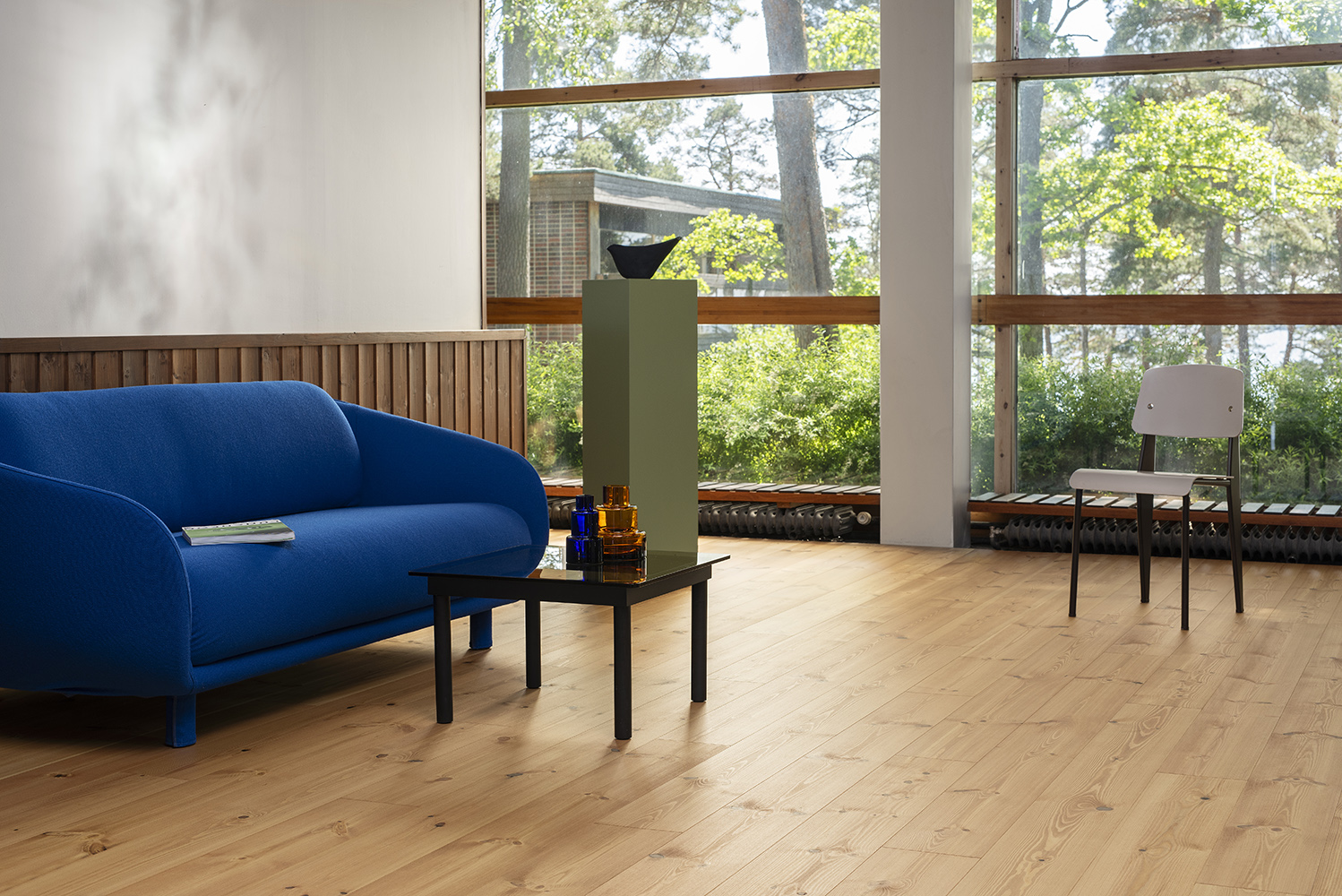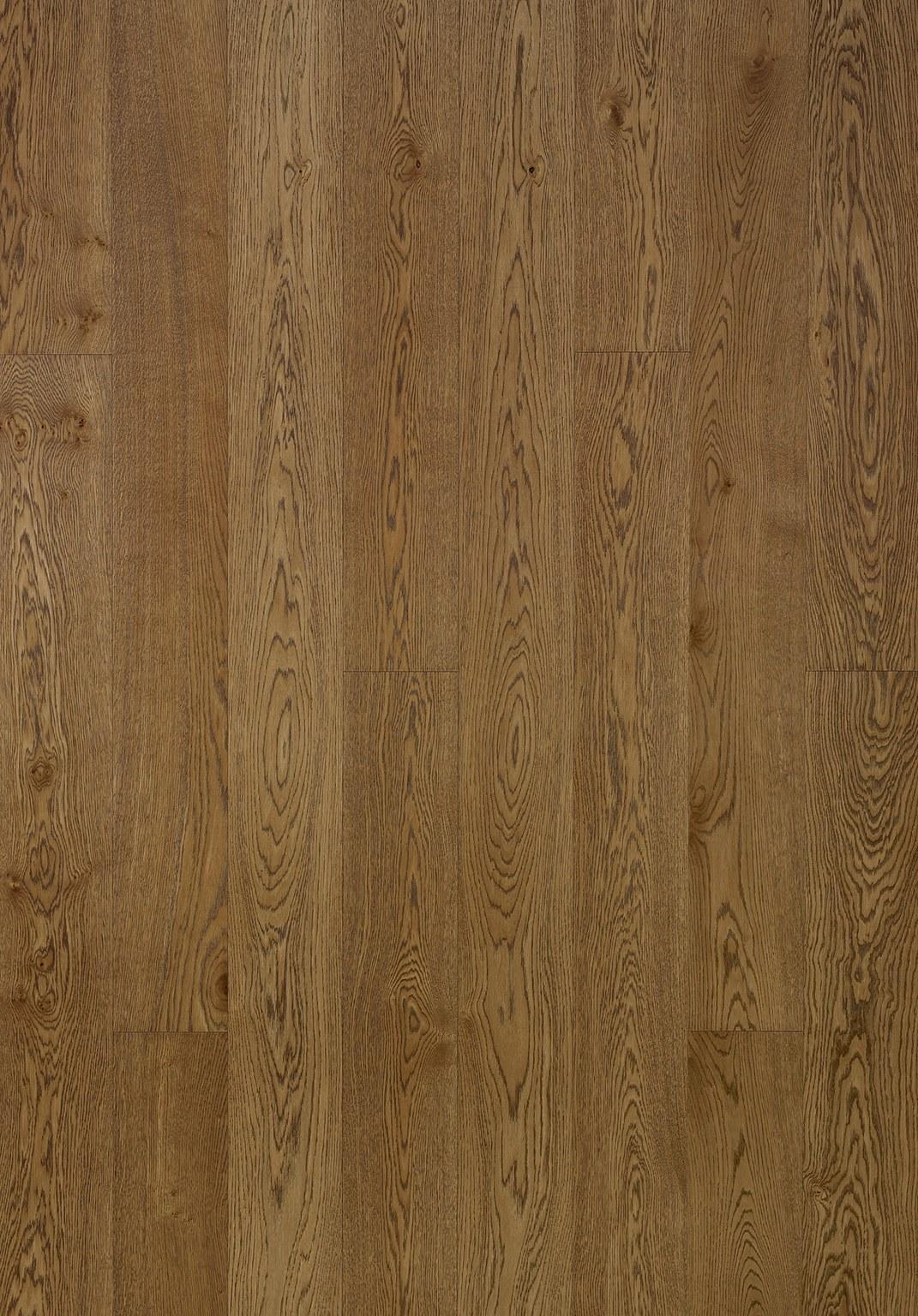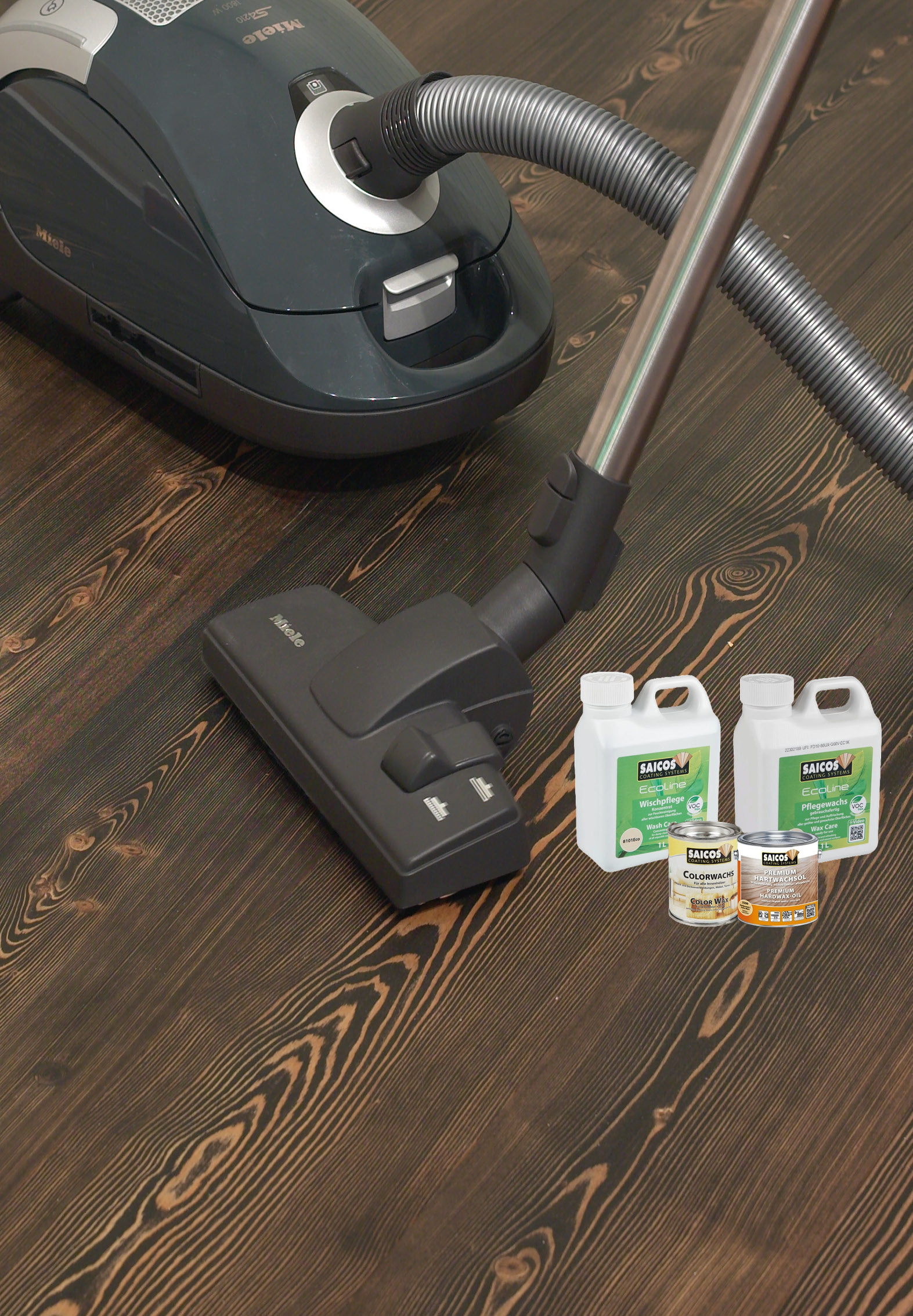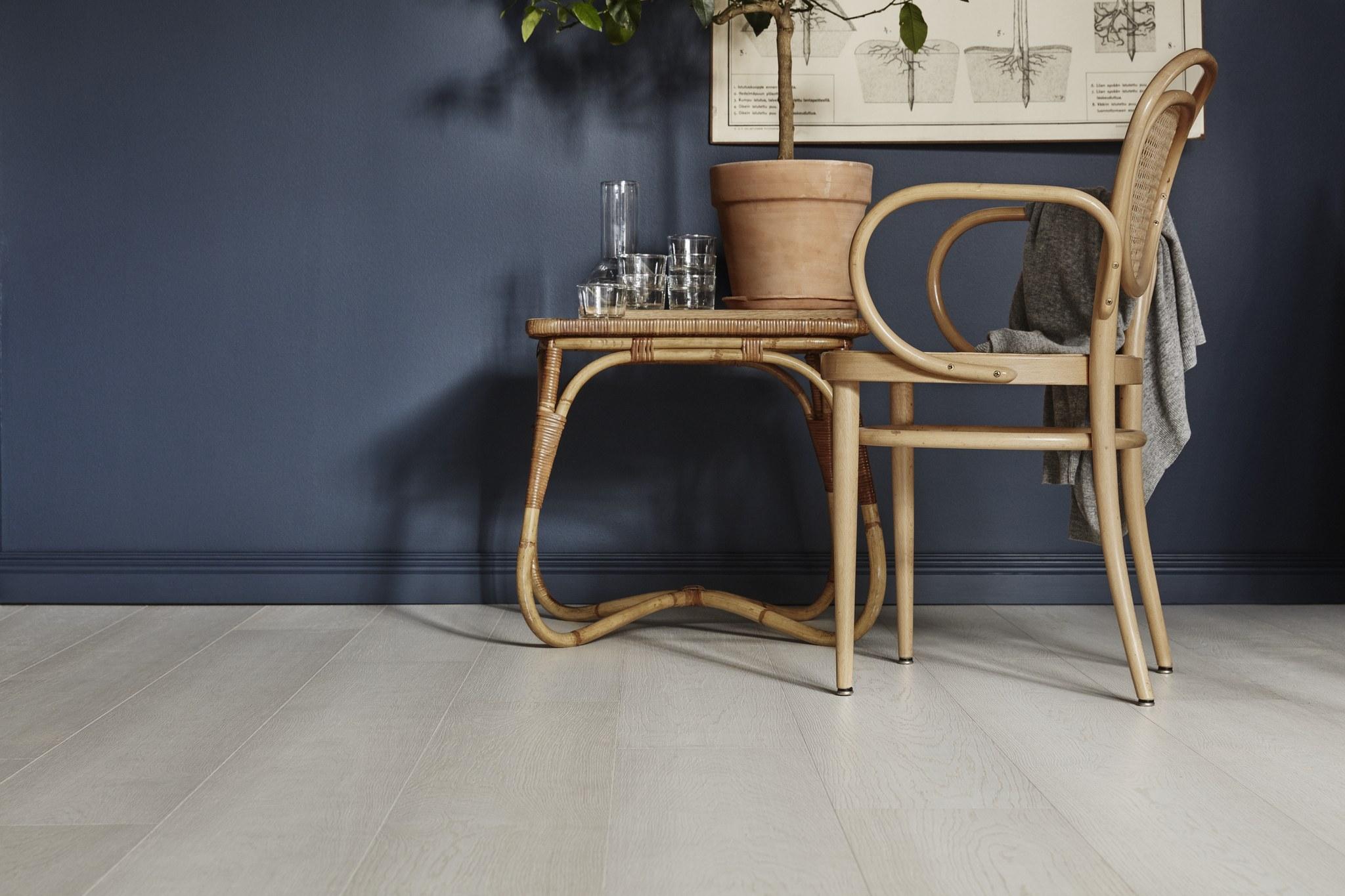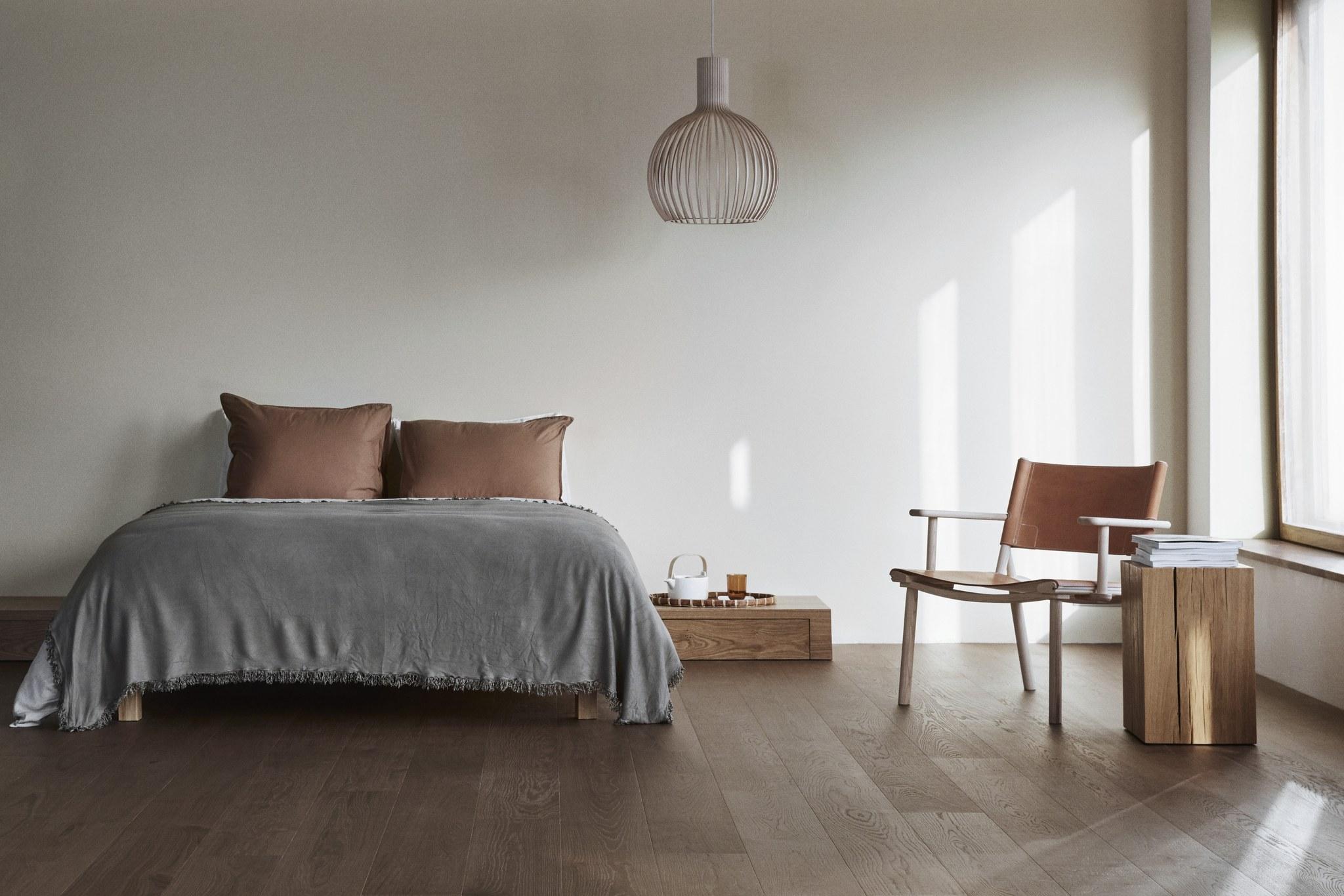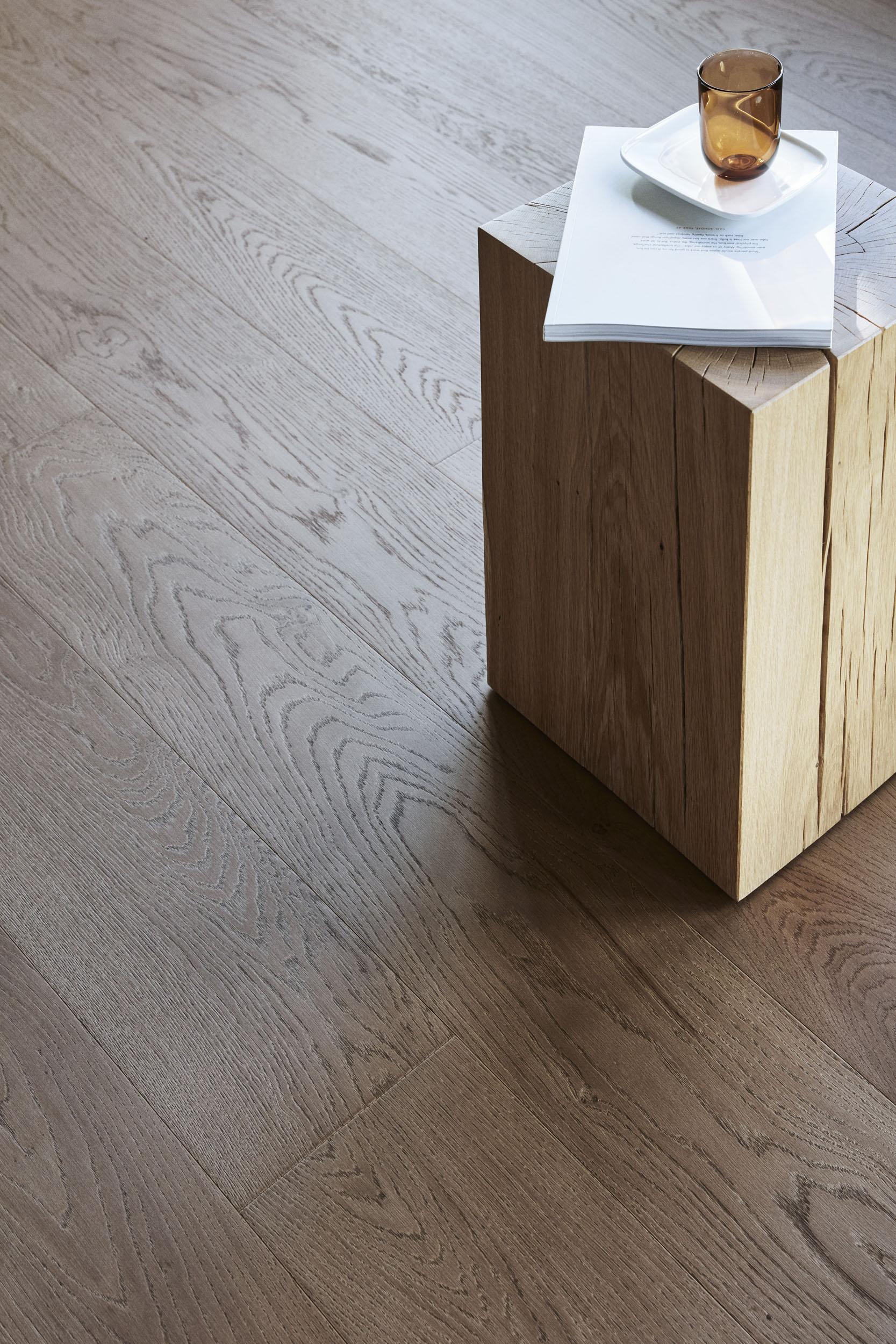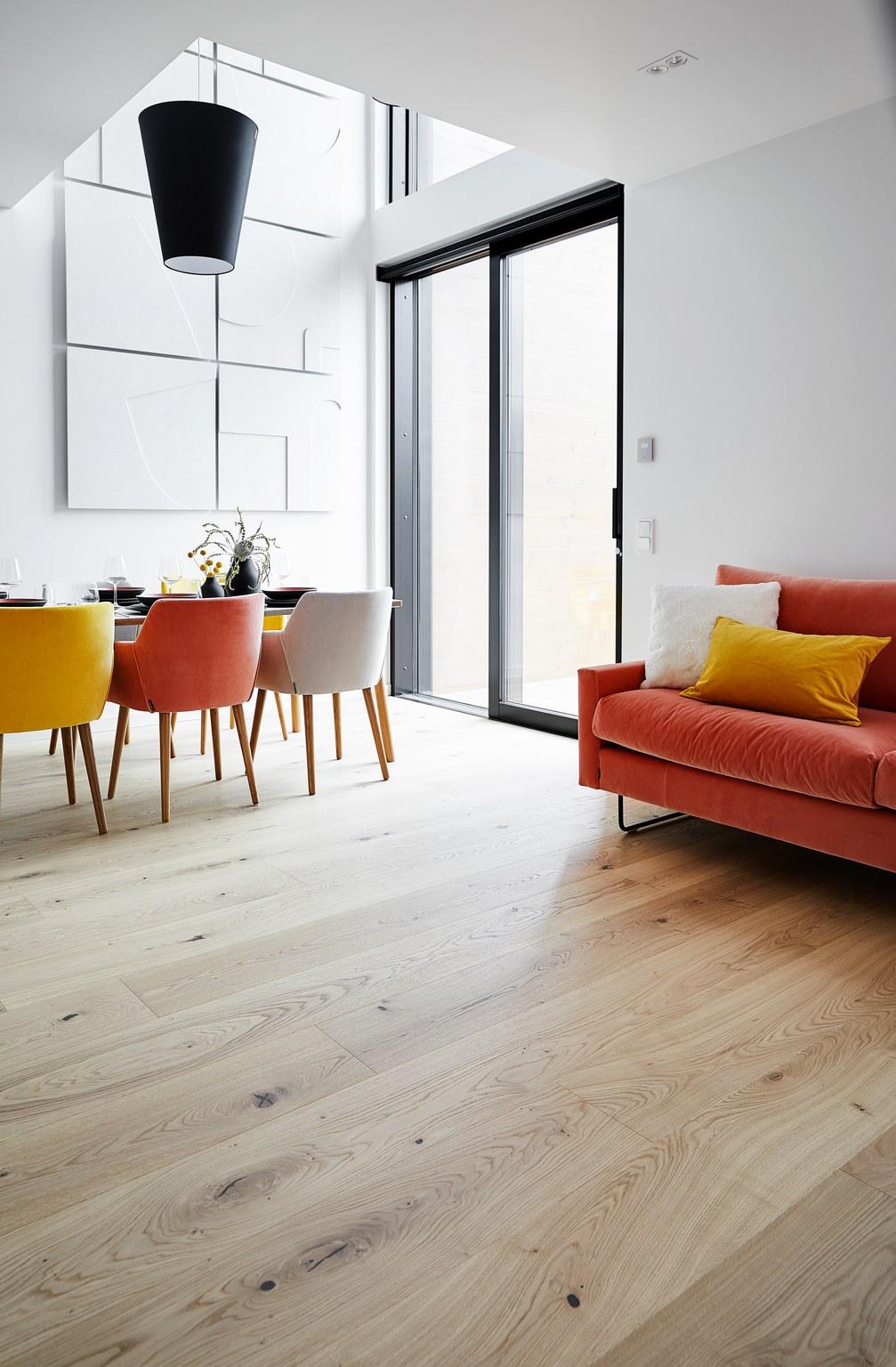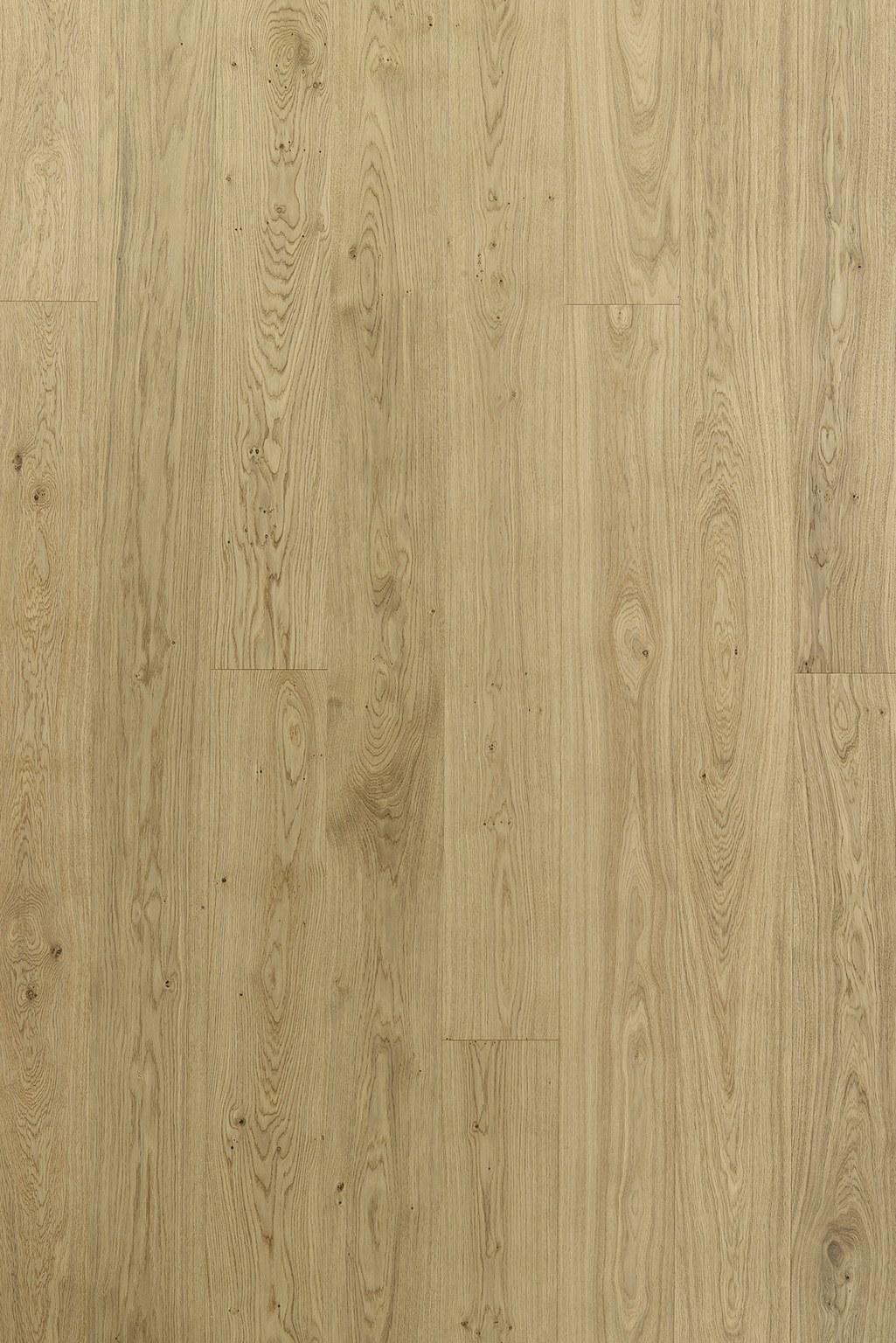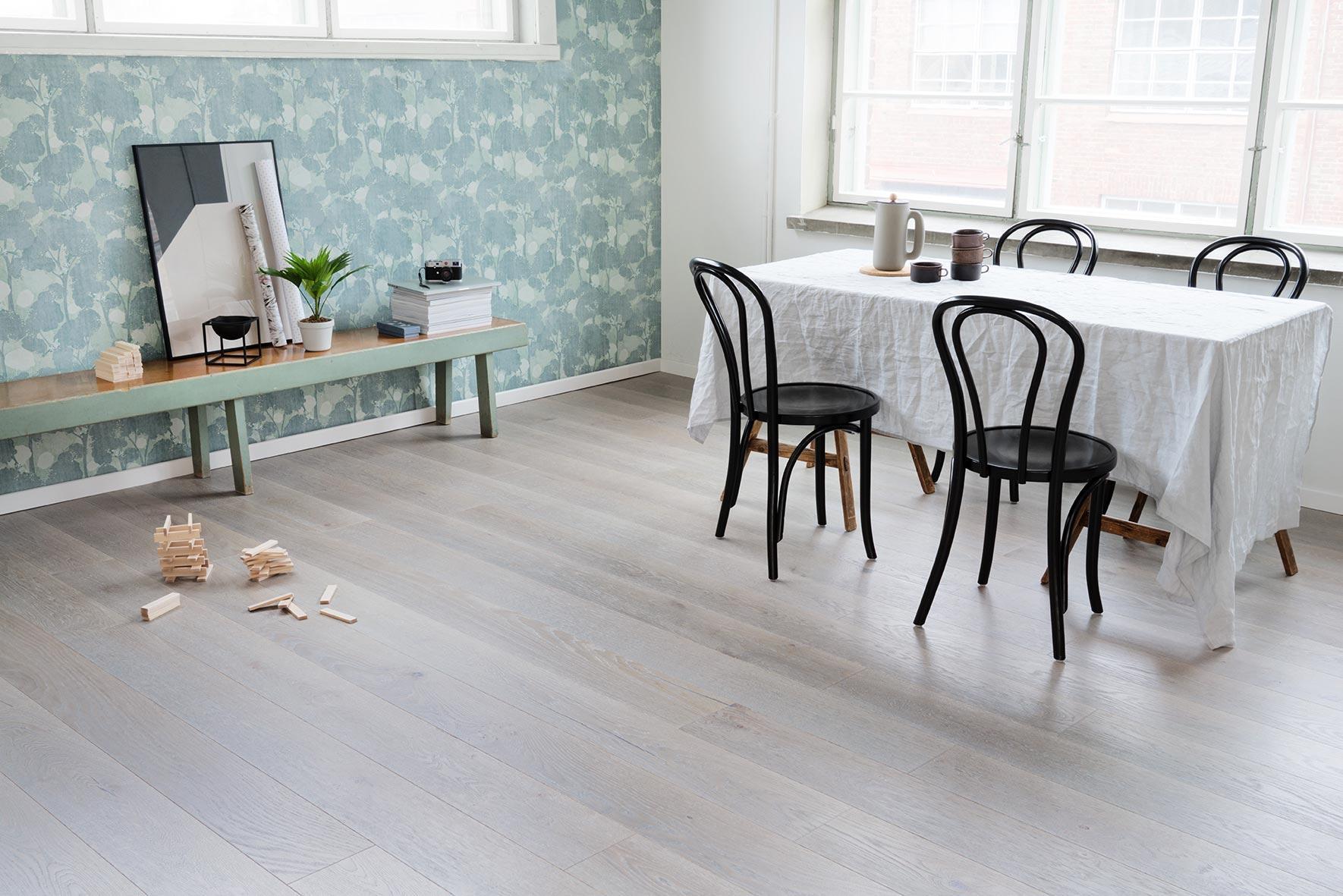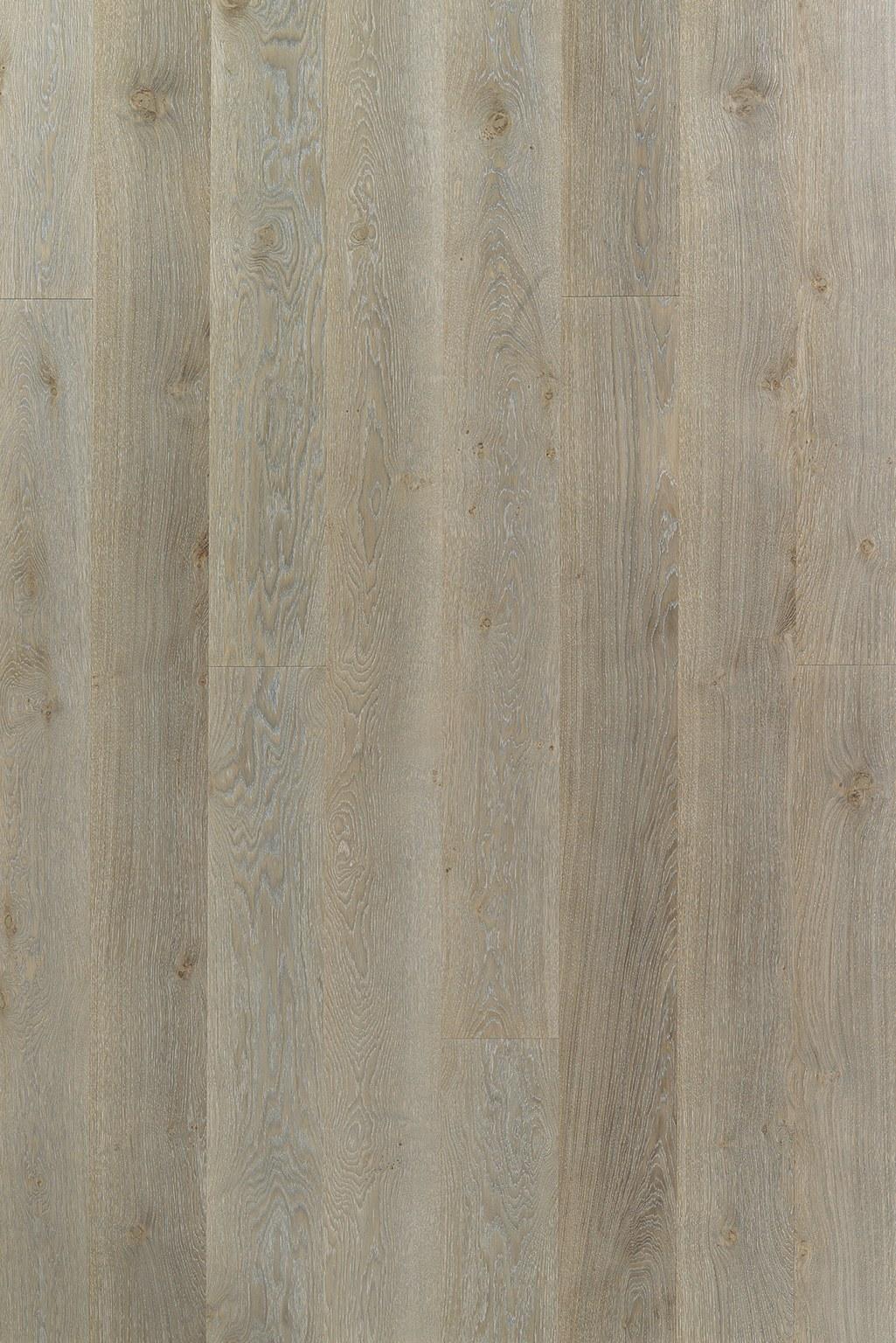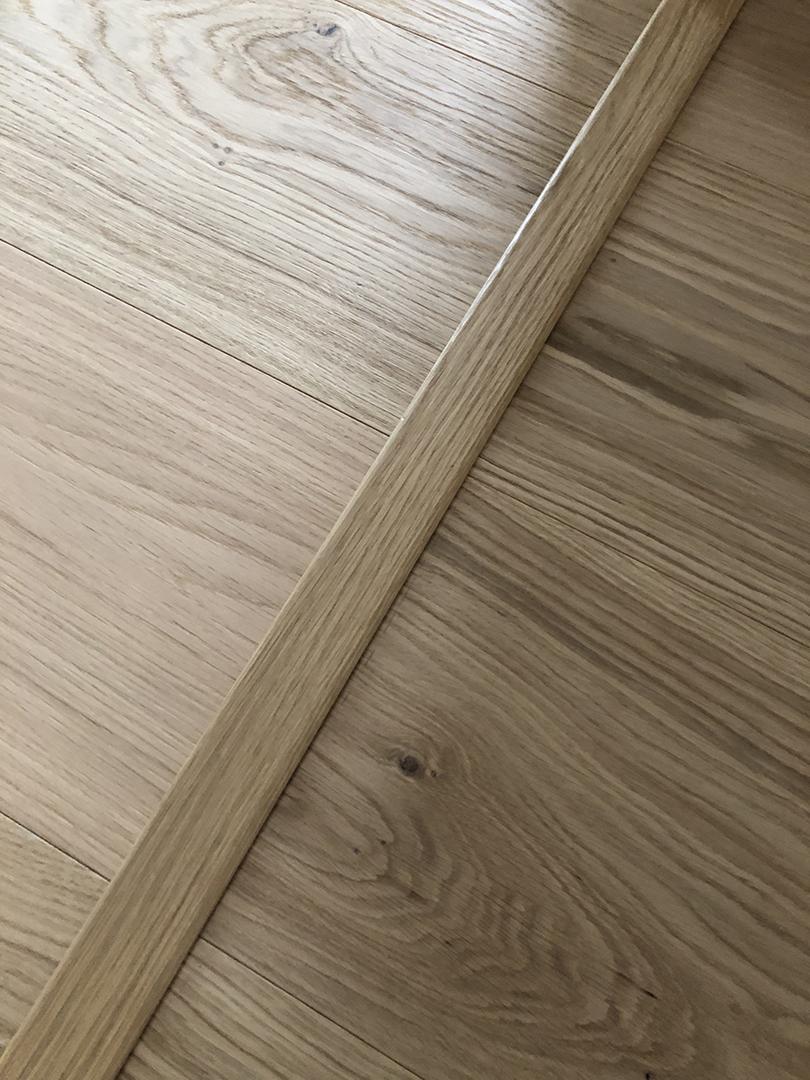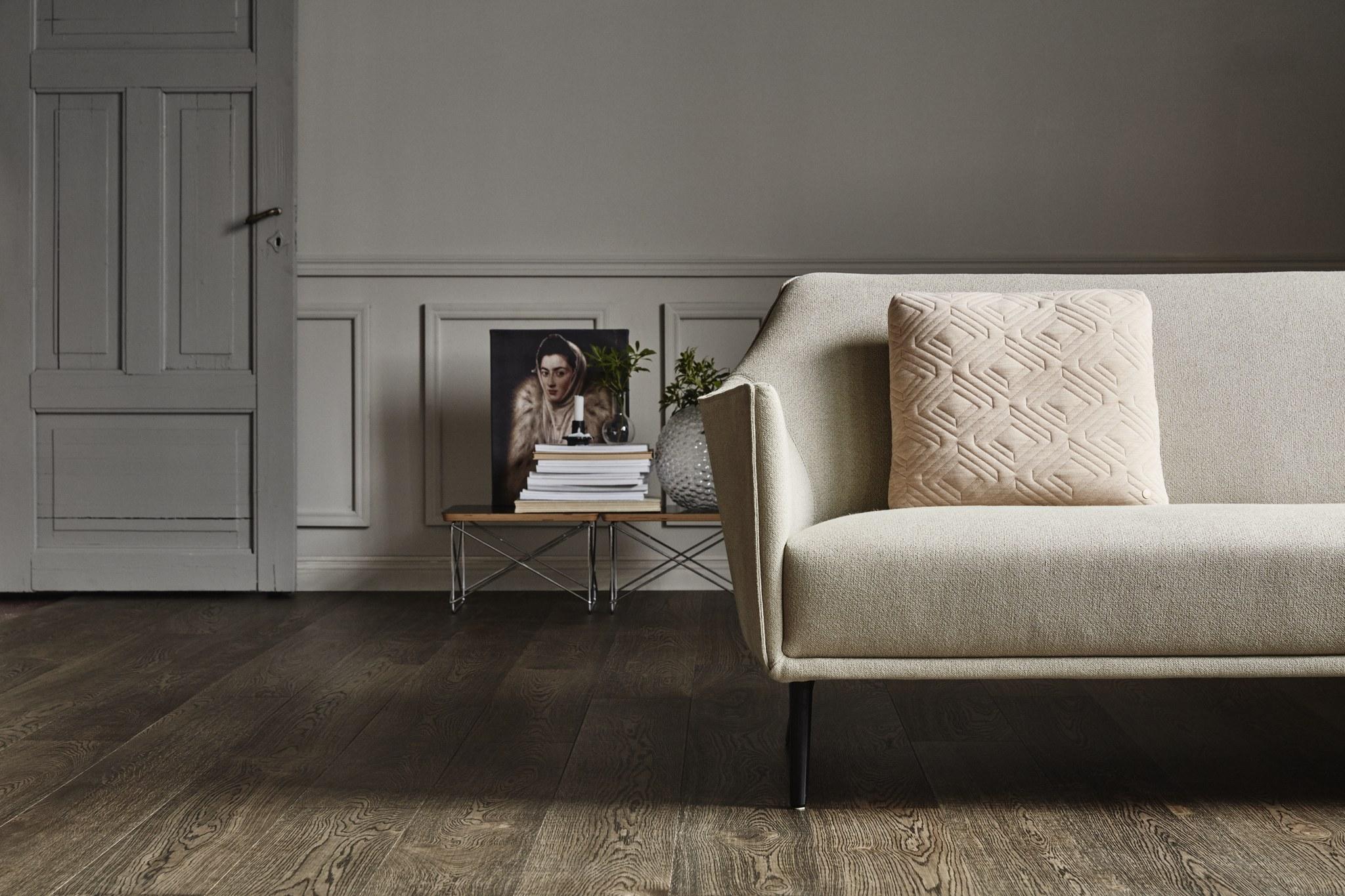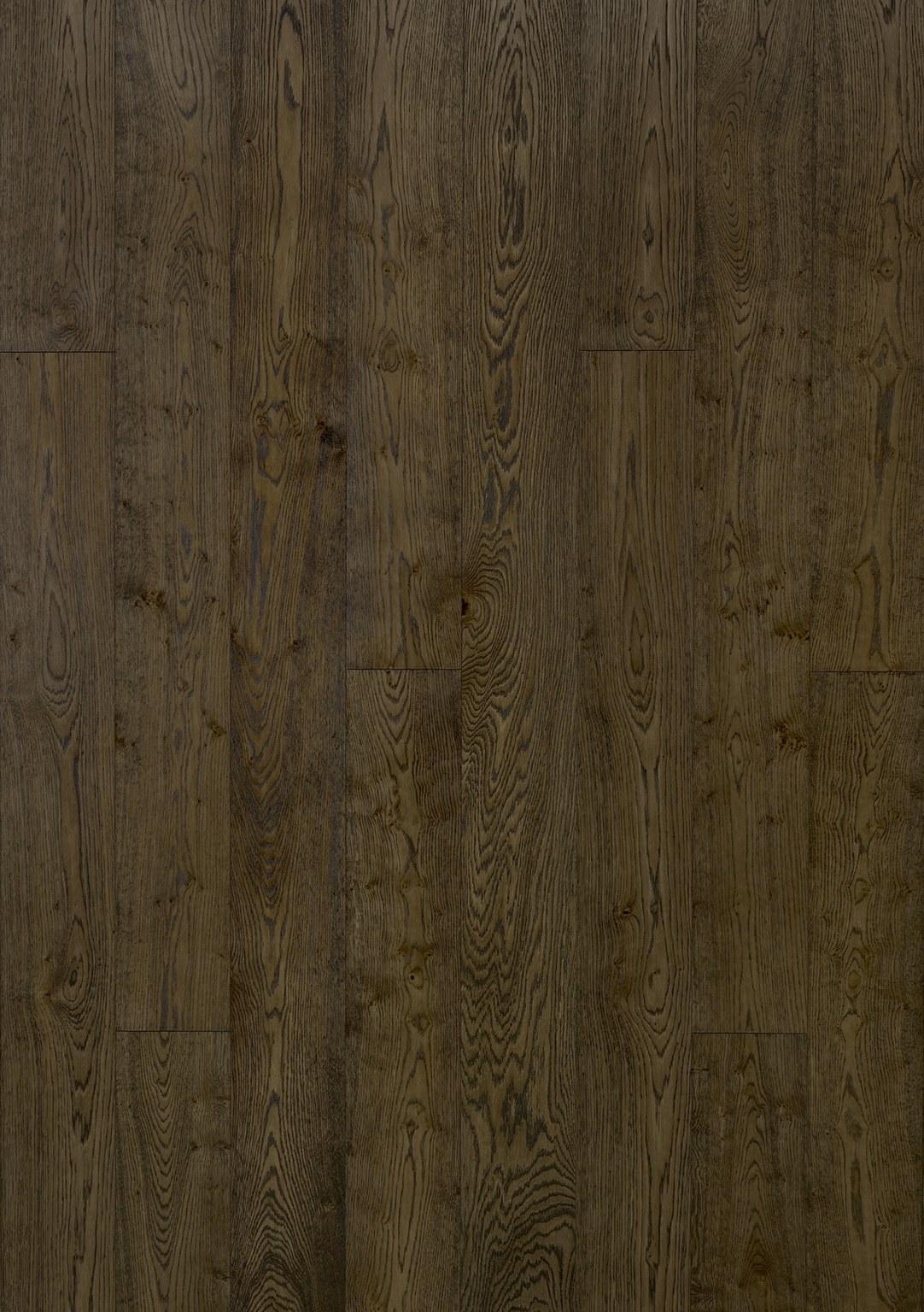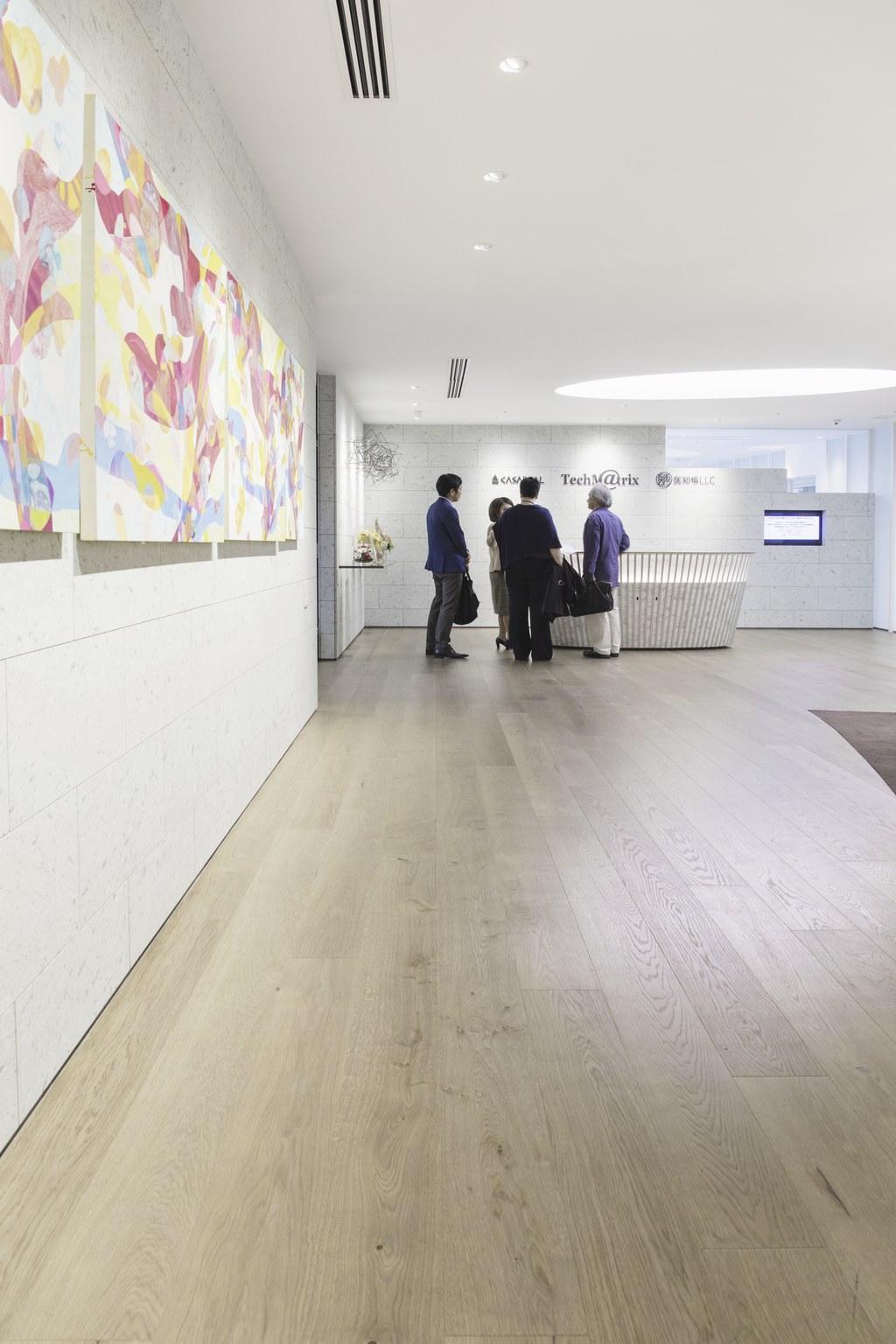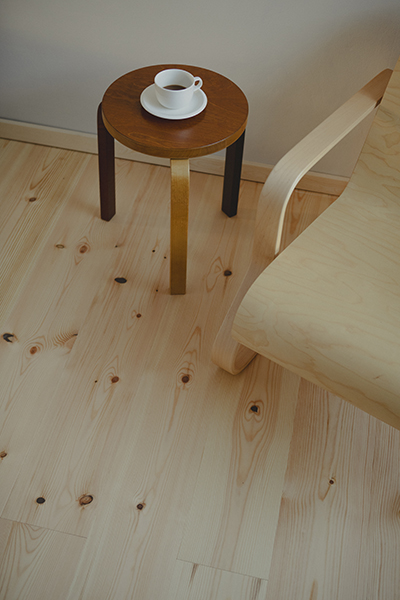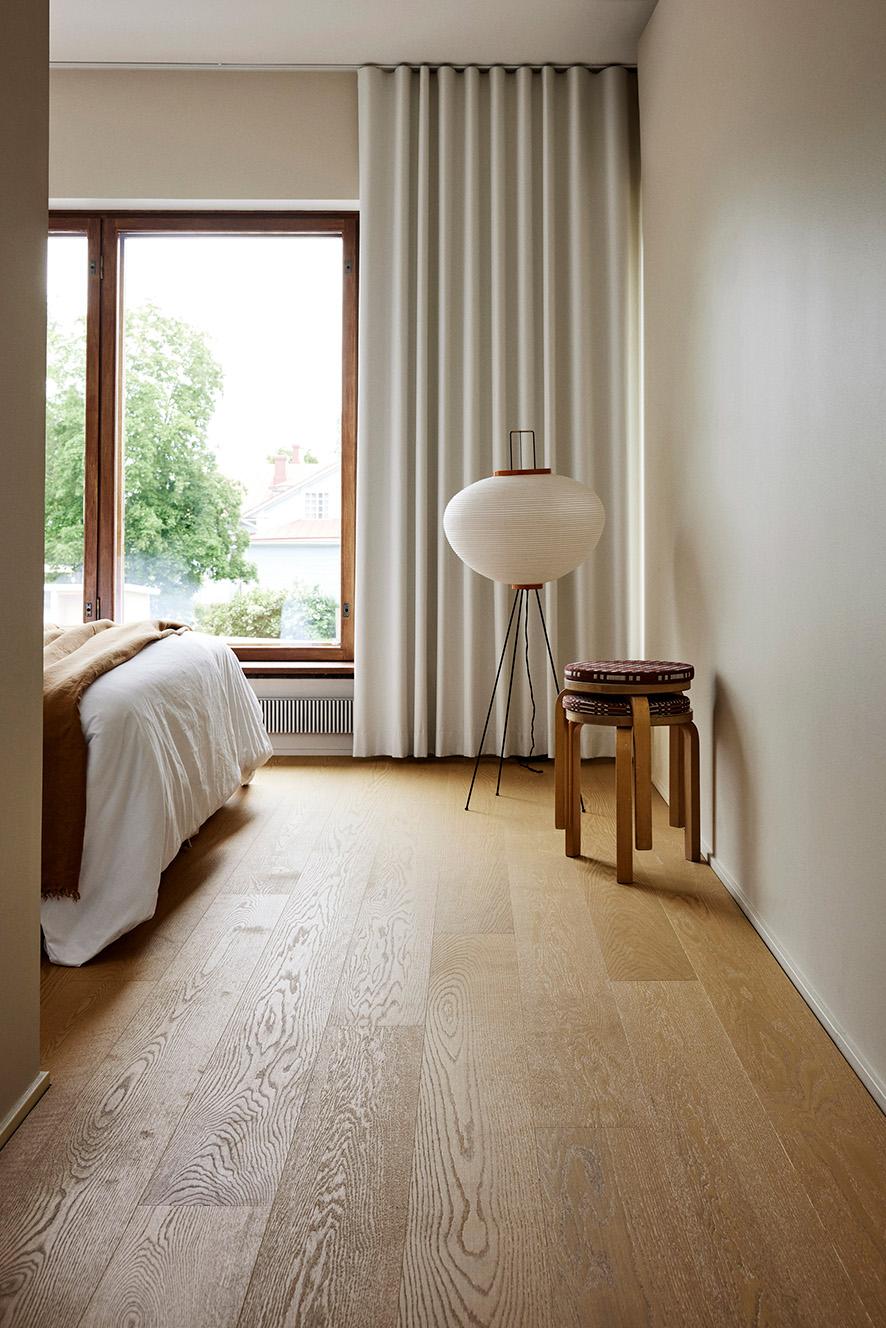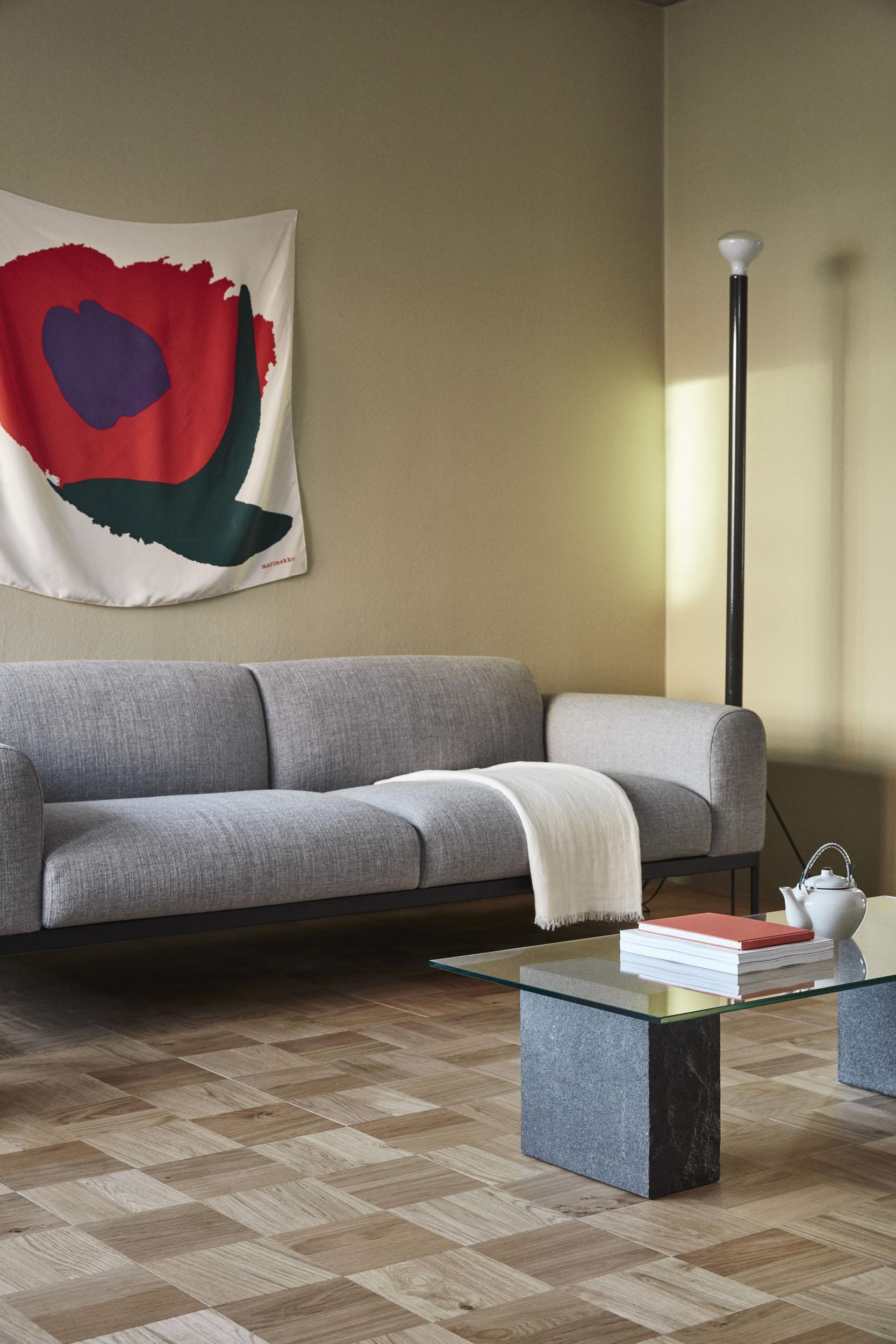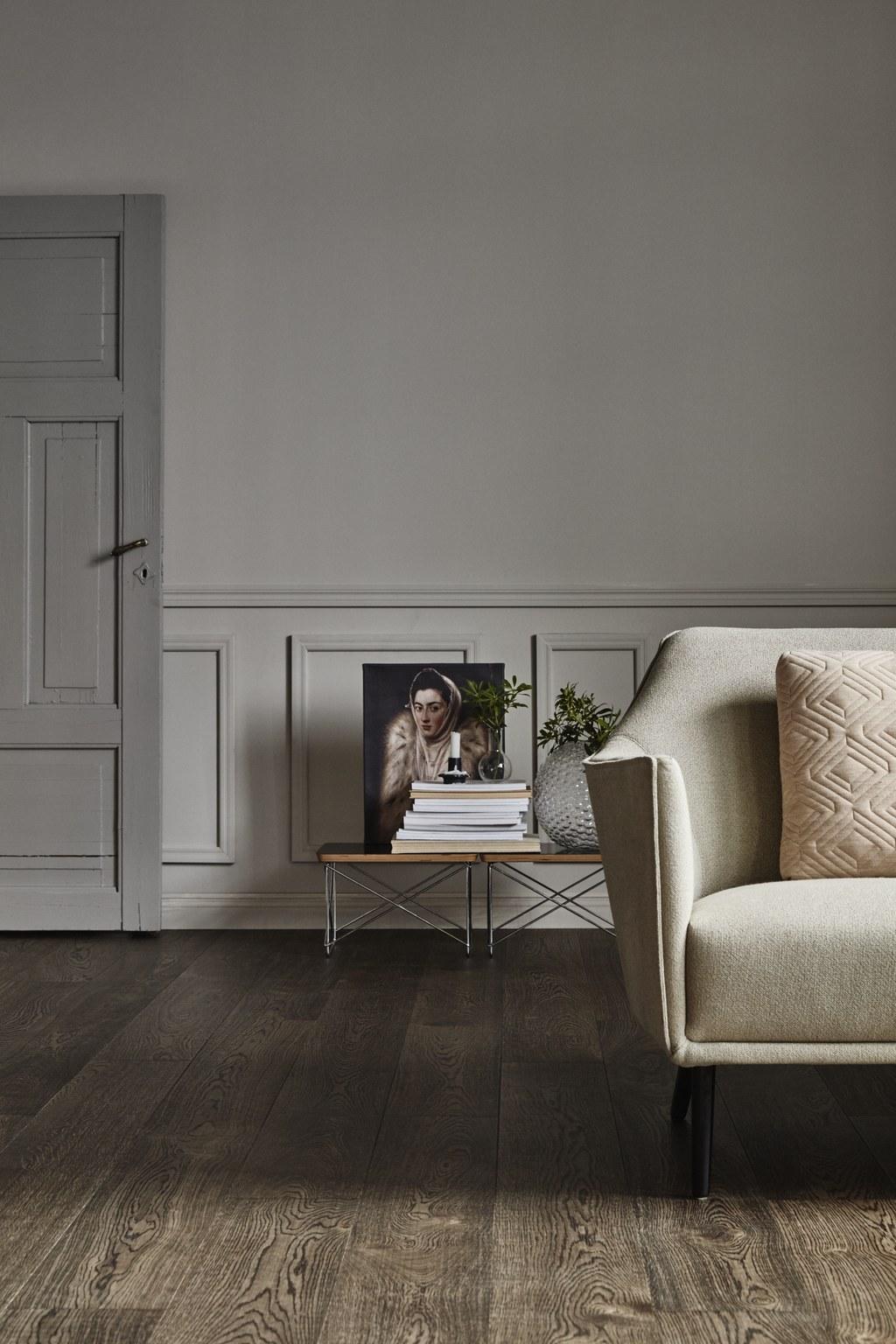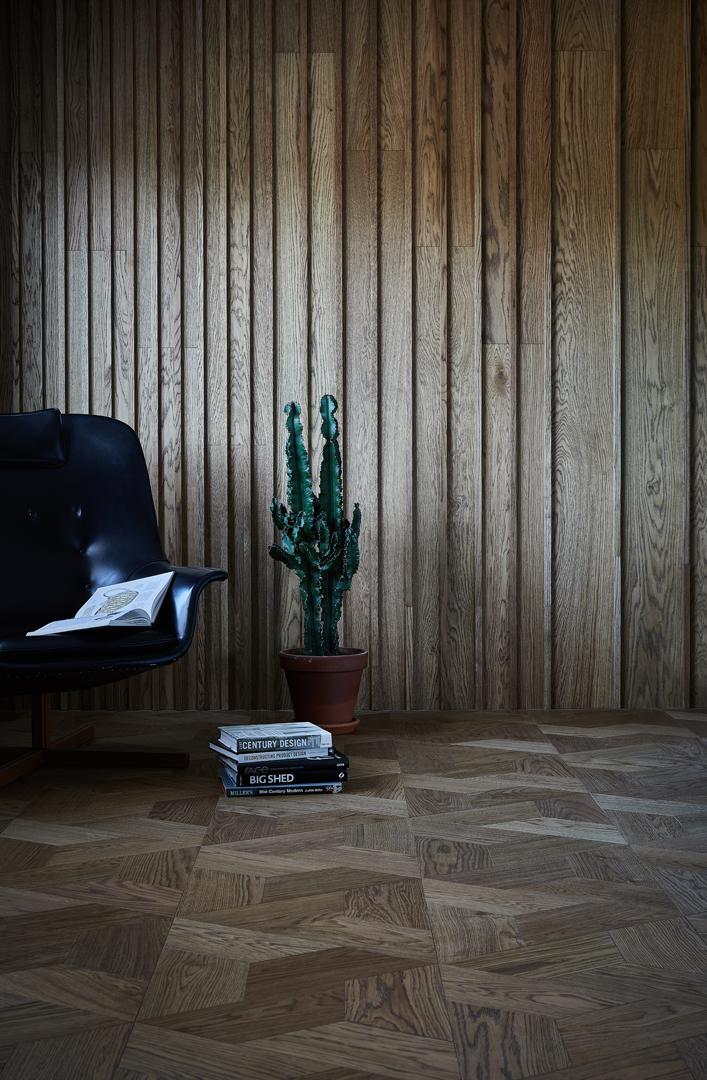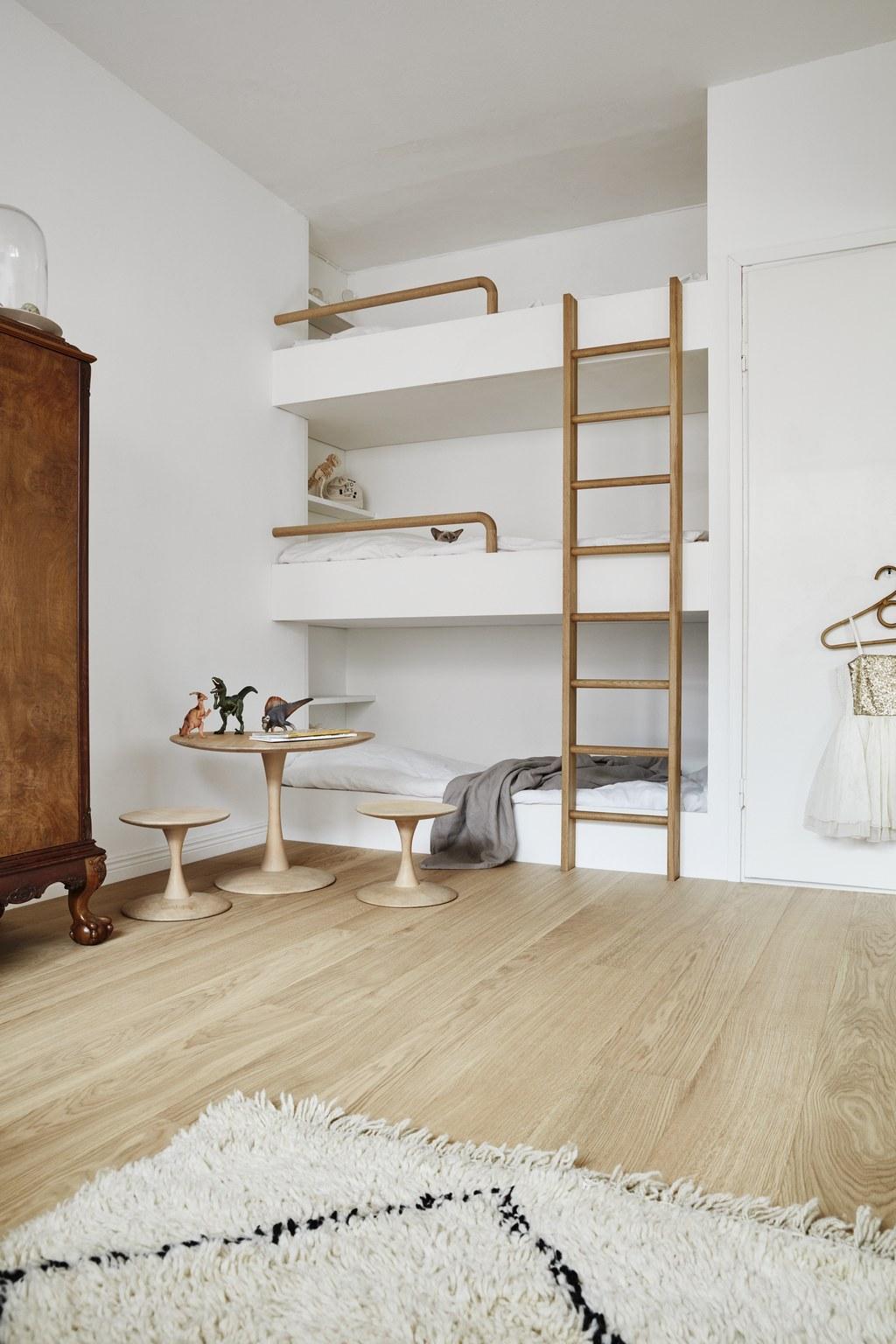Larch
In larch, the natural grain pattern and colour variation of the wood are clearly visible. In addition to natural knots, larch surfaces also feature oval knots, round knots and knots that have been treated with brown wood cement.
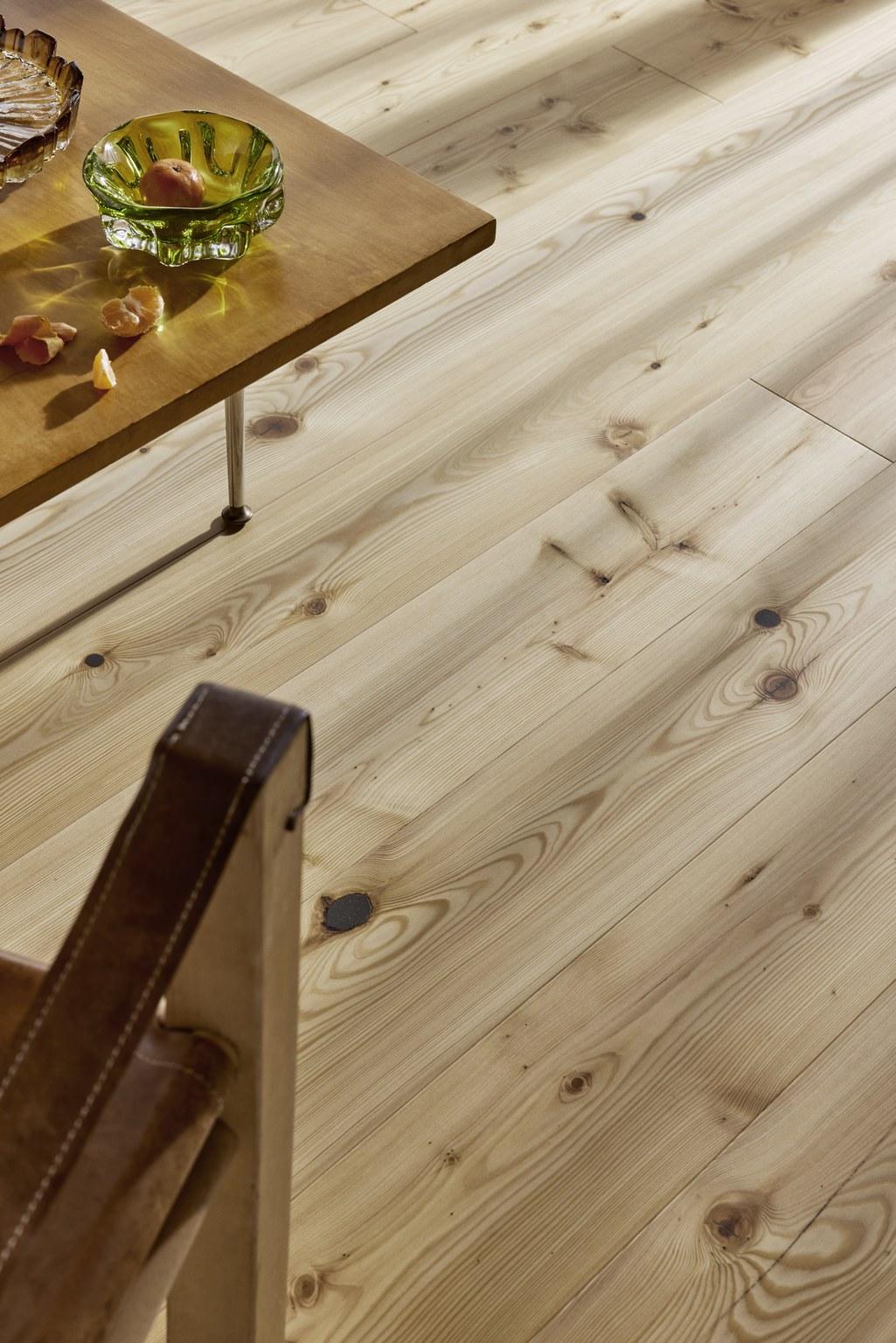
-
Wood species
When choosing a wood species, it is important to consider the different characteristics of each species, such as durability and appearance. Read about tree species and their characteristics at the bottom of the page. The choice affects the price of the product.
-
Pattern
Patterned wooden flooring is also available in this tone. The different patterns are shown on the patterned wooden flooring page. Due to the extensiveness of our product range, our website does not contain images of all the available variations. The choice affects the price of the product.
-
Width
The product is available in several widths. The width affects both the price and the installation method. Examples of this are 230 mm products that are glued from the end tongue and grooves, and 270 mm products that are always glued to the underlay. Patterned wooden flooring is always installed by gluing it to the underlay. The choice affects the price of the product.
-
Grade
Knottiness – that is, the grade of the wood – refers to the amount of knots and natural variations in tone of the different tree species.
Select is an almost knot-free grade that is as evenly-toned as can be. Available for oak, ash and larch.
Classic is the most natural grade, with small and medium-sized knots and holes filled with wood cement as well as the variations in shade that are natural for wood.
Larch Natural grade is characterised by knottiness and significant colour variations. Filled knots, as well as round knot patches and oval patches are allowed within the grade. Available for larch.
Vintage is the knottiest and most coarse-grained grade, with no limit on the number or size of knots. Even cracks and large knot holes filled with wood cement are allowed.
Olive is an ash grade with a dark heartwood alongside a light sapwood.
The Design grade is its own grade of patterned wooden flooring, and is similar to the Classic grade.
-
Treatment
Surface treatment refers to surface sanding or brushing. Brushing raises the grain pattern of the wood to the surface, exposing the structure. The brushed surface is comfortable to stand on barefoot and is recommended for families with pets and children, as scratches are not as visible as they are on smooth-polished surfaces. Sanded surfaces are flat and smooth, which facilitates cleaning. The choice does not affect the price of the product.
-
Surface treatment
Our products are available with a choice of two finishes: hard wax oil or matte lacquer. Both finishes are UV-cured, making them moisture-repellent and easy to care for. The hard wax-oiled surface is not slippery and can be repaired in places if necessary. It does not require regular maintenance oiling (such as natural oiling), but is waxed according to wear. The matte-lacquered surface provides greater abrasion resistance, and is therefore an excellent choice for lobbies, hallways and kitchens, for instance. The choice does not affect the price.
-
Installation style
The product is available with either 5G WiseLoc locking joints or conventional adhesive joints. Some products or widths are available with only a glued tongue and groove (e.g. 270 mm wide product and patterned wooden flooring). The choice does not affect the price.
Include VAT
The samples ordered from the sample shop are always tone samples only – they do not show the width, grade or pattern of the product. We recommend ordering a sample, as variations in the colour settings of different computer screens can cause the image to differ from the actual colour of the product.
Larch is a valued softwood species. The colour of its heartwood is a reddish brown, while the sapwood is lighter in colour. Larch withstands wear better than pine. Larch is characterised by its significant colour variations and knottiness.
In larch, the natural grain pattern and colour variation of the wood are clearly visible. In addition to natural knots, larch surfaces also feature oval knots, round knots and knots that have been treated with brown wood cement. The colour varies naturally from a light yellowish tone to a reddish colour. The rustic appearance of the wood evens out the variation.
All types of wood can react to excessively dry indoor air. If the relative humidity (Rh) drops below the recommended 35–60%, cracks may appear in the flooring. Therefore, it is important to monitor indoor humidity, especially during dry seasons such as winter, and increase humidity if necessary, for example, with a humidifier. Softwood species (e.g., Pine, Larch, and Douglas fir) are particularly sensitive to dry indoor air and may develop hairline cracks or larger cracks more quickly. The optimal humidity level of 35–60% Rh is also the most suitable indoor humidity level for humans.
Timberwise floors can safely be installed on an underfloor heating system. Douglas fir/Pine/Larch is a softwood tree species. softwood are structurally more sensitive to moisture and dryness fluctuations than hardwoods. Underfloor heating may potentially cause cracks on the surface of a softwood floor. Considering this, softwood floors can still be installed with underfloor heating.
